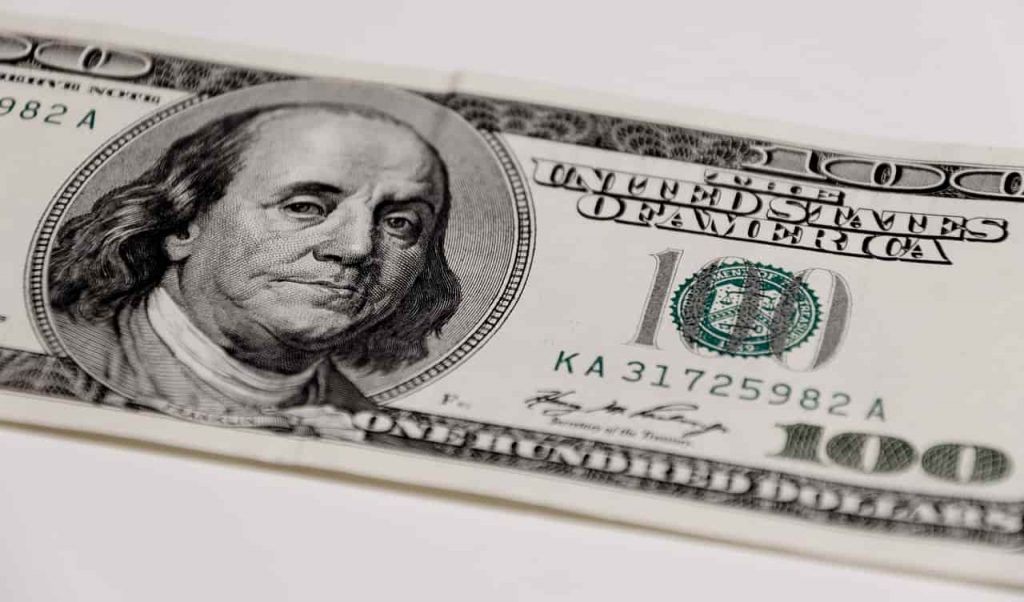The United States dollar value has dramatically declined in recent years, prompting concerns about its long-term status as a haven currency.
Data analyzed by Finbold indicates that the dollar has depreciated by six-fold over the last 50 years. In 1971, the value of one dollar was $1, while in 2021, it has declined by a whopping 85% to $0.15. The dollar depreciation data is based on records published by the U.S. Department of Labour and calculated by the officialdata.org experts.
On average, the dollar inflation is 1.38% per year, with 1980 recording the highest rate at 13.50%. The depreciation directly lowers the dollar’s purchasing power. Therefore, an item that cost $1 in 1971 would cost $6.49 in March 2021, an increase of 549% in 50 years.
How inflation is impacting the value of the dollar
Over the last half-century, the U.S. inflation rate has been picking up even as the economy rebounded from depths of major crises like the 2008 recession and the ongoing pandemic.
With a higher inflation rate, the dollar’s value erodes and further pushes down interest rates on an inflation-adjusted basis.
Actions of the Federal Reserve in mitigating economic meltdowns have also been key in devaluing the dollar. With Congress passing stimulus packages to help businesses and individuals stay afloat, more money has been printed, with interest rates remaining relatively high.
At the same time, the U.S. budget deficit has been hitting danger zones contributing to inflation. For example, in 2020, the budget deficit was hitting a record $3.3 trillion. Historically, large deficits have also led to increased inflation.
With high inflation, the purchasing power of the dollar goes down. In most cases, depreciation occurs when the government resorts to printing more money to cater to the deficit.
Although previous U.S. administrations have made attempts to address the trade deficit, especially with China, the imbalance has surged. The trade deficit has seen exports fall sharply than imports.
When imports exceed exports, more dollars leave the country and are converted into other currencies hence losing the purchasing power.
The deficit was elevated with the recent U.S-China trade war. However, the weakening dollar helps U.S. exporters since their goods seem to be cheaper to foreigners. In return, the U.S. economy gets a boost attracting foreign investors.
Furthermore, China’s actions to surpass the U.S. as the top global economy has had a direct impact on the dollar. The Asian economic devalues the yuan against the dollar because policymakers are concerned the economy is growing too slow.
The devaluation is mainly achieved through the continual purchase of U.S. dollars by the Chinese central bank. These actions have a significant impact on the value of the dollar. The move might further devalue the dollar considering the Chinese economy recovered ahead of the U.S from the coronavirus pandemic.
Concerns over the dollar’s depreciation
As the dollar loses its value, there are concerns it’s status as a safe-haven currency will be gone soon. Therefore, there have been calls to seek alternatives like purchasing other currencies hoping they will lose value as the dollar depreciates.
Moreover, investors are looking into buying gold which has historically acted as a hedge during an economic downturn. In this case, if the dollar depreciates at a faster rate, it might result in hyperinflation with the gold investors benefiting.
Additionally, the emergence of cryptocurrencies like Bitcoin, highly supported by institutional investors, is seen as a safe haven. Interestingly, both assets showed resilience as the Treasury printed more money.







